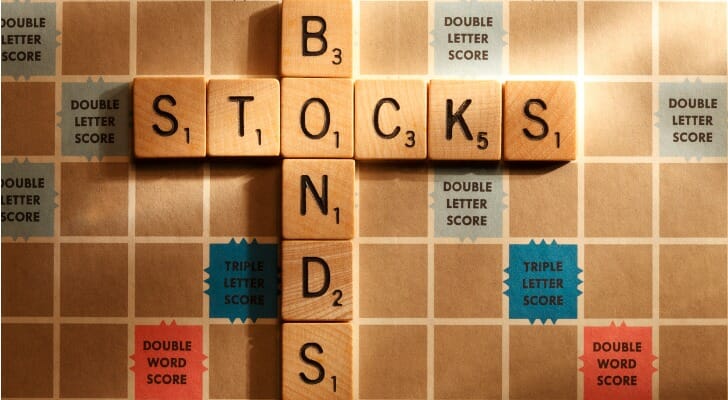
Bonds can help the federal government or other agencies raise money for specific projects. They’re like loans that investors make to government agencies or corporations. A bond’s face value will give an investor some idea of what it’s worth. However, the bond’s current yield shows the interest rate that the bond delivers. Here’s why that’s an important number for investors.
Bond Basics
An investor purchases a bond from the federal government, federal agency, or even a corporation. Bonds typically have a face value, coupon rate, and maturity date. The predetermined date on which the bond’s principal balance and interest will be paid back to the bondholder is the maturity date. Keep in Bonds do not have to be held by an investor until their maturity date, but it’s often advisable if investors want a full return on their bond.
A bond’s coupon yield is the amount of annual interest earned on the bond. Its face value is how much the bondholder will receive when his or her bond matures. All of that is separate from a bond’s market value, which is how much someone will pay for the bond on a secondary market.
Finally, a bond’s current yield represents its current interest rate. That is the rate of return it’s delivering to its owners.
Current Yield Explained

A bond’s current yield is determined by taking a bond’s total income and dividing it by its market price. Current yield, or CY, is calculated by taking the bond’s current price into account, not its predetermined face value or coupon rate. It’s expressed in the form of a percentage.
The market price of a bond changes daily and is influenced by a variety of factors. The length of time until a bond’s maturity. a bond’s coupon rate and even current interest rates can sway a bond’s market price. As a result, a bond’s current yield also fluctuates.
Coupon Yield vs. Current Yield
Both coupon yield and current yield are indicative of the returns you might earn on a bond or other fixed-income investment. However, there are several differentiating factors.
- A bond’s coupon yield is the amount of interest earned on a bond. This rate is set when the bond is issued. This amount doesn’t fluctuate based on the market price of a bond. But the coupon yield changes the closer a bond gets to maturity, also called yield to maturity (YTM). Like the current yield, a bond’s coupon yield is also expressed in a percentage
- A bond’s current yield is more susceptible to fluctuations in the market. That’s because it’s calculated using interest, earned dividends, and the bond’s current market price.
Why It’s Important

On a basic level, a bond or other fixed security’s current yield can indicate how profitable it might be for an investor. It’s also important because it shows the return earned after holding a bond for a year. That is generally how long a bondholder must wait to cash out a bond. It’s important to note that the current yield can differ from the face value of a bond.
A bond’s current yields, or the yield curve, can also be representative of interest rate changes. The effects of those changes on bonds can be indicative of how to rate fluctuations will impact the greater economy.
It may be tempting to buy a bond based on a high current yield. Just consider how a particular bond fits into your investment strategy. For example, if you plan to hold a bond until its maturity date, you may focus on the bond’s face value or coupon yield rather than its current yield. But, if you plan to approach bonds as a short-term investment, then the current yield may be a better guide for your returns.
The Bottom Line
A bond’s current yield shows what interest rate a bond or other fixed-income investment is actually delivering. It is an important factor in determining a bond’s profitability. In short, the current yield is also how much an investor may earn if they held the bond for a year. For short-term investors, it can be an incredibly useful measure of a bond’s value.
Investing Tips
- If you’re still having trouble figuring out the intricacies of bond investing, perhaps it’s time to talk to a professional. Finding a financial advisor doesn’t have to be hard. SmartAsset’s free tool matches you with up to three vetted financial advisors who serve your area, and you can interview your advisor matches at no cost to decide which one is right for you. If you’re ready to find an advisor who can help you achieve your financial goals, get started now.
- Before you go choosing stocks and bonds, you may want to formulate a basic investment plan. How much does your investment need to grow to reach your goals? What kind of risk are you willing to take? How much will capital gains taxes and inflation take out of your investment? SmartAsset’s investing guide can help set the foundation for your investment strategy.
Photo credit: ©iStock.com/DNY59, ©iStock.com/Group4 Studio, ©iStock.com/Anatoliy Sizov